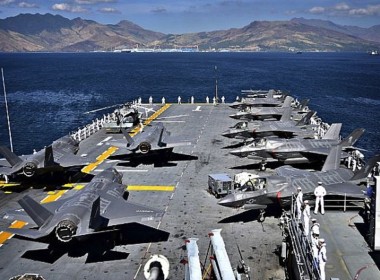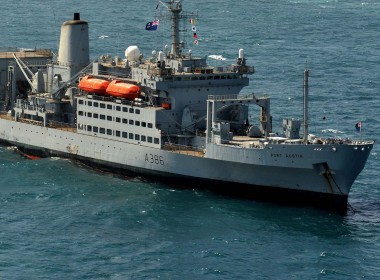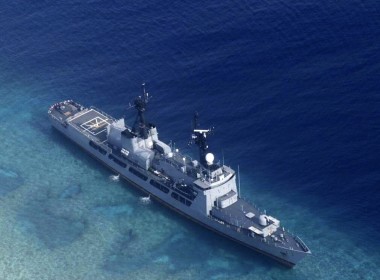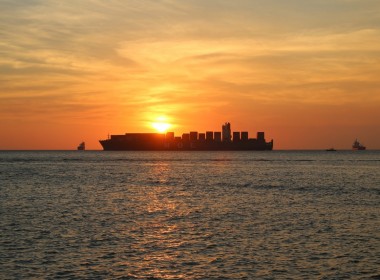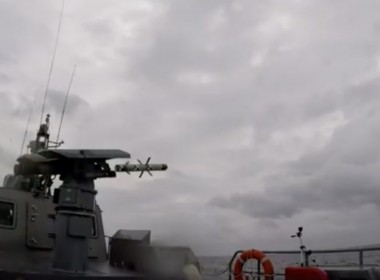FEATURE: Difficult times for US Navy in Asian waters
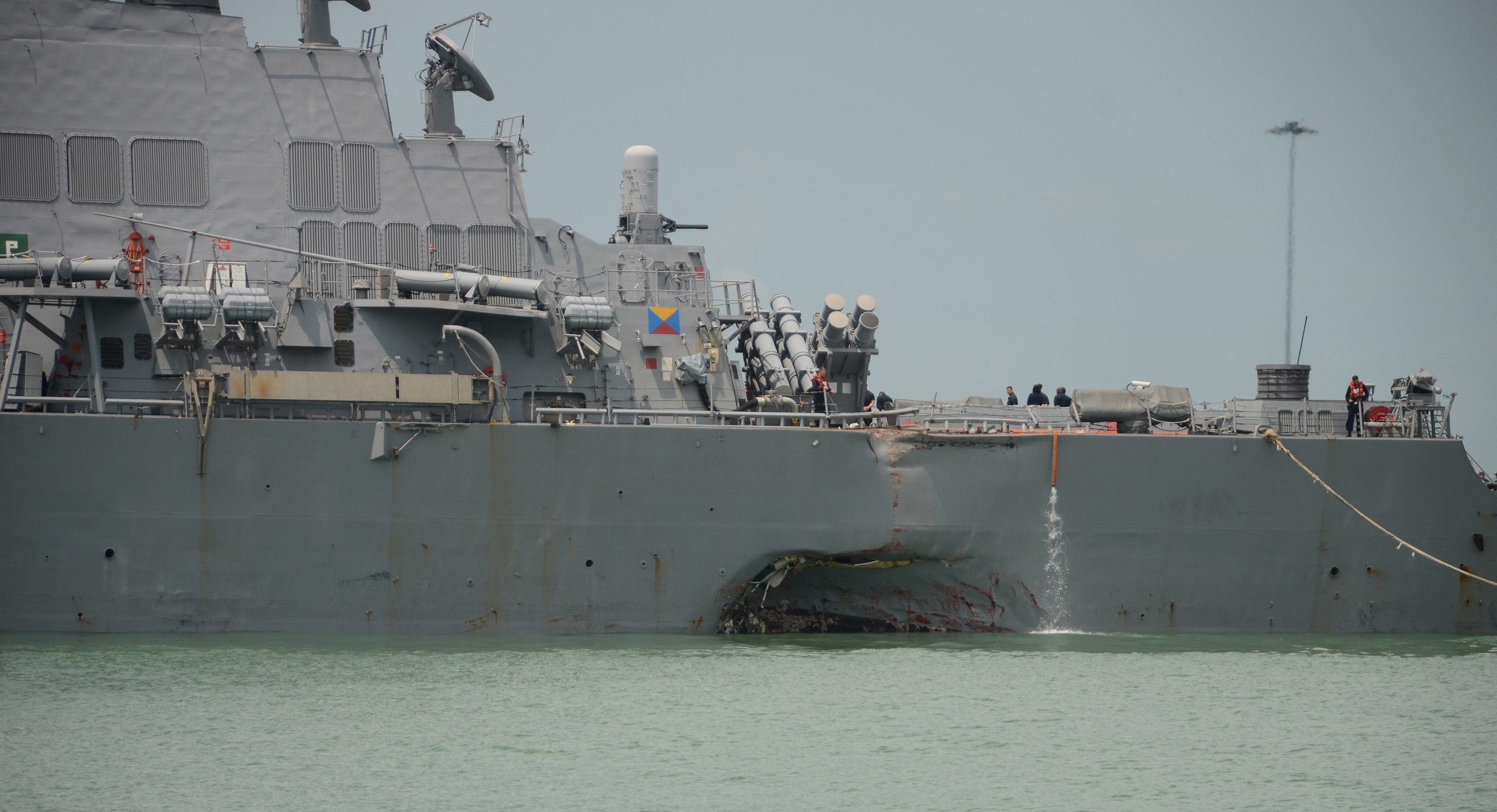
This year’s spate of accidents involving major American warships in Asian waters, has, inevitably, sparked speculation on modern standards of watchkeeping, and the professionalism of the US Navy. Details of the incidents are as follows:
- January – cruiser Antietam grounded
- May – cruiser Lake Champlain collided with South Korean fishing boat
- June – destroyer Fitzgerald collided with container ship ACX Crystal
- August – destroyer John S McCain collided with tanker Alnic MC
The first three incidents occurred off the Japanese coast, the last one east of Singapore. A total of 17 US sailors died in these accidents. Accidents at sea, particularly collisions, are often multi-factorial, and fair apportionment of blame can be tricky. There are a number of possible influencing factors which investigations into these incidents have doubtless already considered, or will look into. These are likely to include:
Some media reports have made much of the vast amount of “sophisticated electronic equipment” installed on warships, but such equipment is for the most part fitted for combat use, and is not devoted to collision avoidance.
In these incidents, the possibility exists that the warships were tracking, or co-operating with, other surface vessels, submarines or aircraft. Such operations can reduce the manoeuvring options available to bridge teams. It is conceivable that operations which cannot be publicly acknowledged were involved.
It is true that warships’ bridges can get very crowded. US Navy doctrine requires two officers to be on watch, one to con the ship, the other to be responsible for navigation, and ship safety. Junior officers under training are also often present to assist and understudy.
There is also a helmsman, at least one lookout, and a boatswain’s mate to oversee the ship’s routine. Additionally, operations room personnel are constantly feeding information via voice circuits to bridge watch standers. Unsurprisingly, in high pressure situations, tension, and noise levels, can rise markedly , to the detriment of efficiency.
Merchant ships’ bridges, on the other hand, can be very thinly manned, often with just an officer of the watch (OOW), and a lookout. The work burden on the OOW can be very high. Reports that ACX Crystal and Alnic MC were both on autopilot when the collisions took place, though, remain unconfirmed.
Like most western navies, the US Navy is under constant pressure to reduce costs. One result of this, as identified in 2010 by a fleet review panel headed by Vice Admiral Phil Balisle, has been a significant reduction in dedicated training time ashore and afloat for watchkeeping officers. The use, instead, of computer-based, programmed learning for junior officers after posting to front-line warships arguably resulted, according to Balisle ,in less comprehensively-trained officers.
A further problem, as identified recently in the United States Naval Institute’s journal Proceedings Today, is the overwhelming focus among contemporary surface warfare officers on the application of weapon systems, and tactics, rather than traditional bridge skills such as collision avoidance and position fixing.
Also, in both civilian and naval, vessels, over reliance on a range of electronic aids to navigation is eroding watchkeepers’ situational awareness
Although official enquiries are at an early stage, responses by the US Navy high command have been as rapid, and brutal, as expected. Removals from posts, including Seventh Fleet commander Vice Admiral Joseph Aucoin, and two ship’s commanding officers have already taken place, more are likely to follow. Staggered “operational pauses” throughout the Seventh Fleet, in order to review procedures, have been directed.
It will nevertheless probably be some months before investigations are complete, and conclusions drawn It would be wise meanwhile for commentators to reserve judgement


